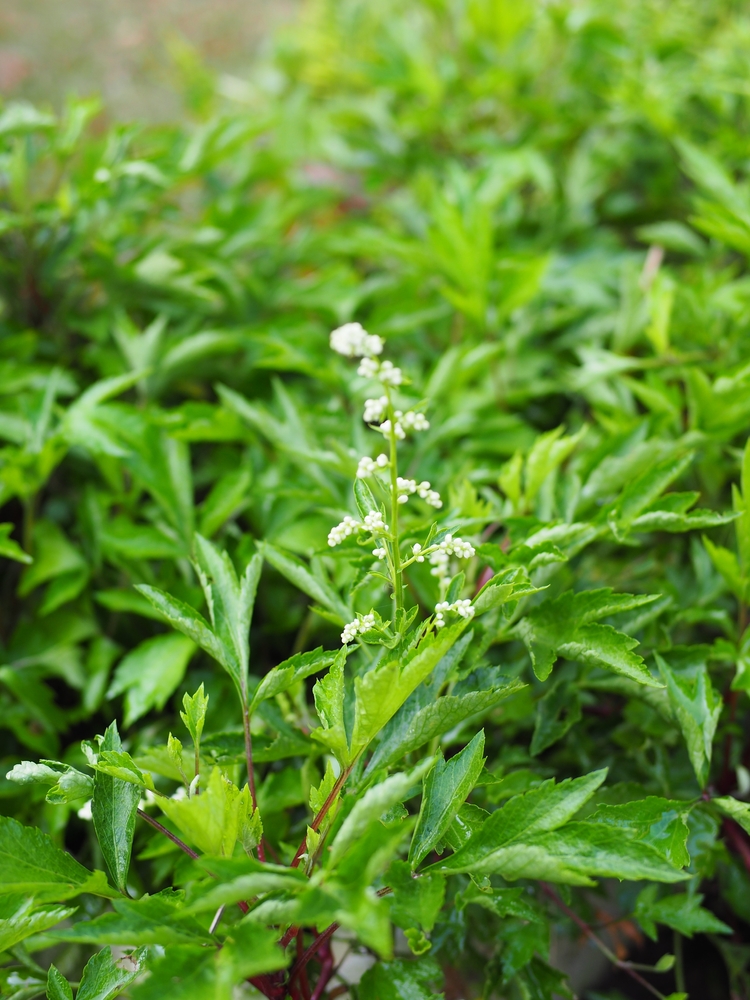Description
Artemisia is a large genus of plants that includes both annuals and perennials, known for their attractive silvery-gray foliage and aromatic scent. Here are some horticultural notes on the genus Artemisia:
Soil: Artemisia prefers well-draining soil with moderate fertility. Sandy loam or rocky soils are ideal, but they can also grow in heavier soils if they are well-draining. They do not like waterlogged soil.
Water: Artemisia is drought tolerant and generally does not require regular watering. However, young plants and those grown in containers may need more frequent watering until they become established. Overwatering can cause root rot, so it’s important not to let the soil become waterlogged.
Light: Artemisia prefers full sun to light shade. They can tolerate some shade, but their foliage may not be as vibrant.
Fertilizer: Artemisia does not require a lot of fertilizer, and in fact, too much nitrogen can lead to overly lush growth and fewer flowers. A light application of a balanced fertilizer in the spring is usually sufficient.
Pruning: Artemisia can be pruned in the spring to encourage bushier growth and prevent them from becoming too leggy. They can also be cut back after flowering to promote a second flush of growth and flowers.
Propagation: Artemisia can be propagated by division in the spring or fall. Some species can also be propagated from cuttings taken in the spring or early summer.
Pests and diseases: Artemisia is generally resistant to pests and diseases. However, they can be susceptible to root rot if the soil is too wet. Some species are also prone to powdery mildew if they are grown in damp, shady conditions.
Uses: Artemisia is a versatile plant that can be used in a variety of settings. They are often grown as ornamental plants in borders or rock gardens and can be used as a low hedge or ground cover. Some species are also used in herbal medicine or for culinary purposes, such as the famous Artemisia absinthium, used in the production of absinthe.


